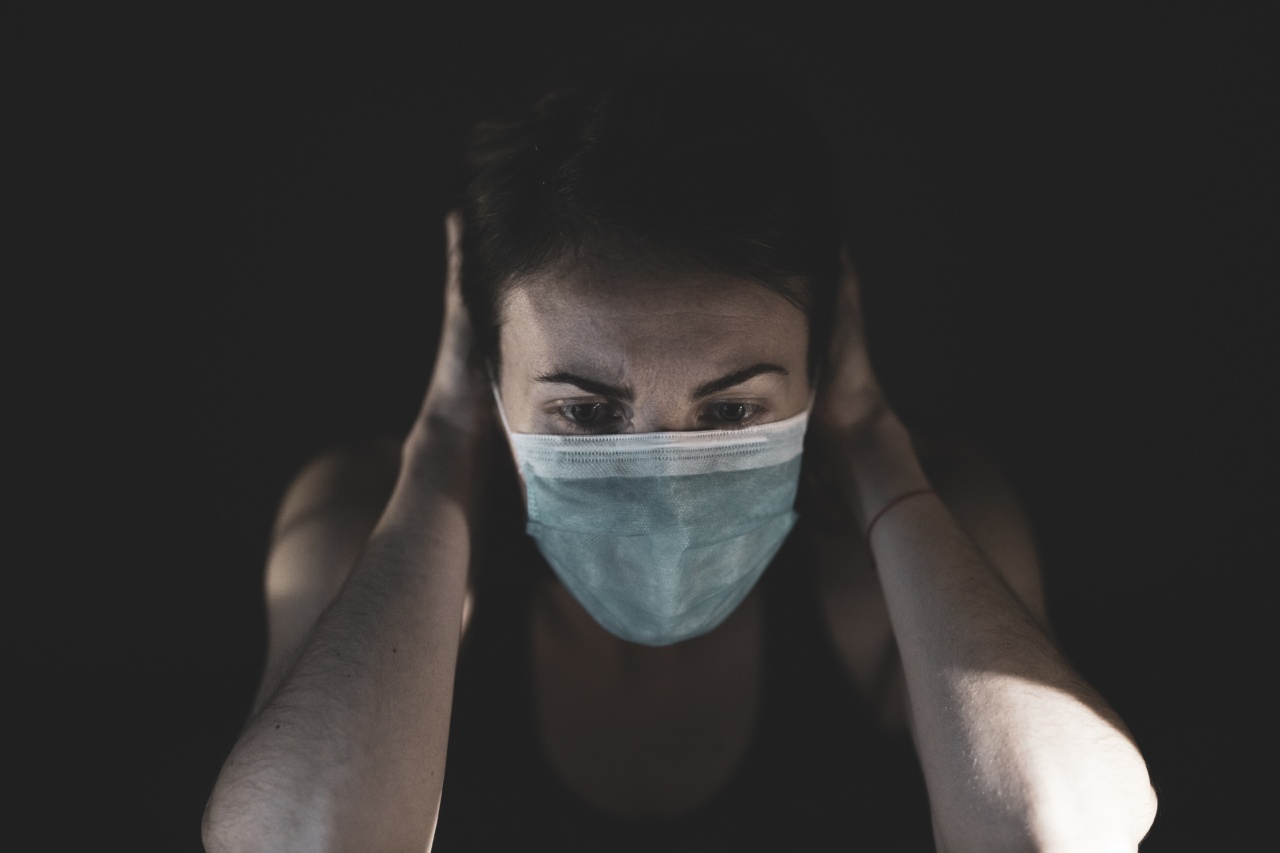The H5N1 influenza virus, also known as avian influenza or bird flu, has been a cause of concern since its appearance in 1997. The virus primarily affects birds, but it can also infect humans, causing severe respiratory illness that can lead to death.
In this article, we will discuss the worries regarding the deadly H5N1 influenza virus and the impact it can have on human health.
H2: Transmission of H5N1 influenza virus
The H5N1 influenza virus is primarily transmitted among birds through contact with infected birds’ droppings, saliva, or other bodily fluids. The virus can be transmitted to humans through contact with infected poultry or contaminated surfaces.
The virus can also be contracted through close contact with infected individuals or by inhaling infected droplets released through coughing or sneezing.
Symptoms of H5N1 influenza virus
The symptoms of H5N1 influenza virus in humans can be severe, including fever, cough, sore throat, muscle aches, and shortness of breath. In some cases, the virus can cause severe respiratory illness, leading to hospitalization and death.
The symptoms can appear within 2-10 days after exposure to the virus, and the severity of the illness can vary based on the individual’s immune system and the strain of the virus.
The risk of H5N1 influenza virus
Since its first appearance in 1997, the H5N1 influenza virus continues to pose a significant risk to human health.
Although the virus is not easily transmitted from human to human, it has a high mortality rate, with more than half of the infected individuals dying from the illness. The virus can also mutate, making it more dangerous and potentially leading to a global pandemic.
H2: Preventative measures against H5N1 influenza virus
Preventative measures are essential to protect against the H5N1 influenza virus. The following measures can help prevent the transmission of the virus:.
- Practice good hygiene by washing your hands frequently with soap and water for at least 20 seconds.
- Ensure that poultry and eggs are thoroughly cooked before consuming.
- Avoid contact with sick birds or surfaces contaminated with bird droppings or other bodily fluids.
- Wear appropriate personal protective equipment, such as masks and gloves, when working with poultry or birds.
The impact of H5N1 influenza virus
The H5N1 influenza virus can have a significant impact on human health. In addition to the physical effects of the illness, the virus can also cause economic and social disruptions.
Outbreaks of the virus in poultry can lead to significant losses in the poultry industry, negatively impacting the economy. The fear of a pandemic can also lead to social unrest and economic instability.
Treatment for H5N1 influenza virus
There is no specific treatment for the H5N1 influenza virus. Antiviral medications that are used to treat influenza may be effective against the virus if administered early in the illness.
However, the effectiveness of these medications can vary based on the individual’s immune system and the strain of the virus. Supportive care, including oxygen therapy, mechanical ventilation, and fluid management, may be necessary for patients with severe respiratory illness.
The role of vaccination
Vaccine development is essential in preventing the spread of the H5N1 influenza virus. Vaccines work by activating the immune system to defend against the virus.
The development of effective vaccines has been challenging due to the virus’s ability to mutate, making it difficult to predict which strains will need to be targeted. However, ongoing research and development of new vaccines are still necessary to help prevent the spread of the virus.
Conclusion
The H5N1 influenza virus continues to pose a risk to human health and the global economy. With ongoing research and preventative measures, we can help prevent the transmission and negative impacts of the virus.
Continued education and efforts to raise awareness about the H5N1 influenza virus can help to reduce the risk of a pandemic and protect human health.





























